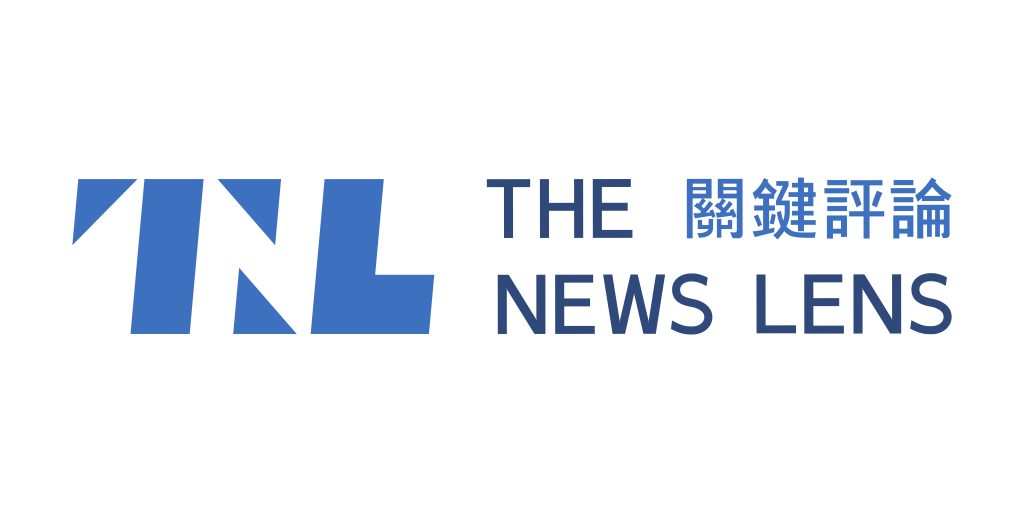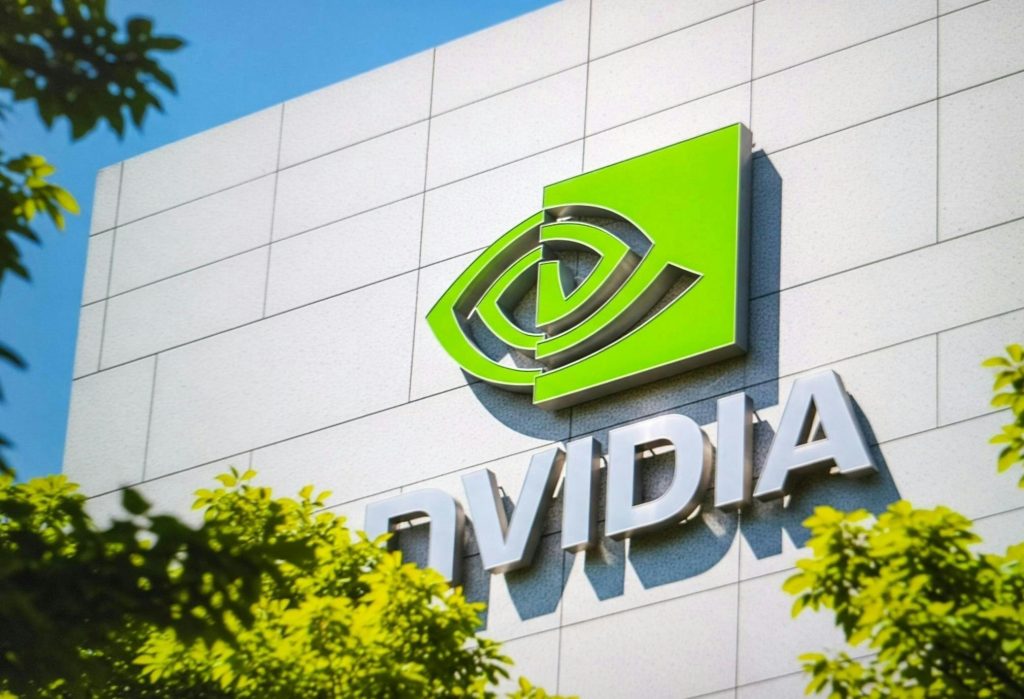By Katrina / Editorial Intern. The News Lens.

Republished with permission by Kaohsiung Times, Nov. 20, 2025.
NVIDIA is evaluating a major architectural change that could reshape the global memory supply chain, according to a new report by Counterpoint Research. The company is considering replacing traditional DDR5 with low-power LPDDR—memory normally used in smartphones and tablets—in its next-generation AI servers.
Analysts say the impact could be severe: memory prices may double by the end of 2026, and shortages are already appearing across the DRAM market.
Why NVIDIA Wants LPDDR
AI servers now face extreme pressure on power consumption and bandwidth. LPDDR is smaller and significantly more energy-efficient than DDR5, making it attractive for large-scale AI deployments.
But LPDDR manufacturing capacity was built for mobile devices, not AI supercomputers.
Counterpoint notes that NVIDIA’s projected LPDDR demand could equal that of an entire top-tier global smartphone brand, immediately overwhelming current production.
Supply Shock Already Underway
Low-end and older DRAM nodes are tightening rapidly. Manufacturers in recent years shifted capital spending toward advanced products—particularly HBM for AI acceleration—leaving older LPDDR4 and DDR4 supply severely constrained.
This has triggered an unusual inversion:
- DDR4 is now more expensive per gigabit than the newer DDR5 and even some HBM3e parts.
TrendForce data shows DDR4 spot prices jumped by double digits in a single week in November.
Counterpoint expects DRAM prices—already up roughly 50% this year—to rise another 30% in late 2025 and an additional 20% in early 2026.
Who Gets Hurt First
Smartphones:
Rising DRAM prices will hit low- and mid-range phones hardest. Some mid-tier models may see BOM cost increases of up to 15%, forcing manufacturers to absorb losses or raise prices.
Cloud and AI operators:
Data-center operators already face soaring GPU costs and major electrical infrastructure upgrades. A DRAM price spike would further increase the total cost of running AI workloads.
Industry Races to Expand Capacity
To avoid a prolonged supply crisis, major DRAM makers are accelerating expansion plans. Counterpoint predicts global DRAM output may grow more than 20% in 2026 as Samsung, SK Hynix, Micron, and China’s CXMT push new capacity online.
But analysts warn that geopolitical uncertainty, trade restrictions, and rate-sensitive investment cycles mean relief may be slow to materialize.
Bottom Line
If NVIDIA finalizes the shift to LPDDR for AI servers, the memory market faces a structural shock: AI and smartphones will compete for the same limited LPDDR capacity, pushing global DRAM prices sharply upward through 2026.
—————————————————————————————–
Kaohsiung Times appreciates The News Lens for allowing us to translate and publish selected works. Visit The News Lens website for original articles.




